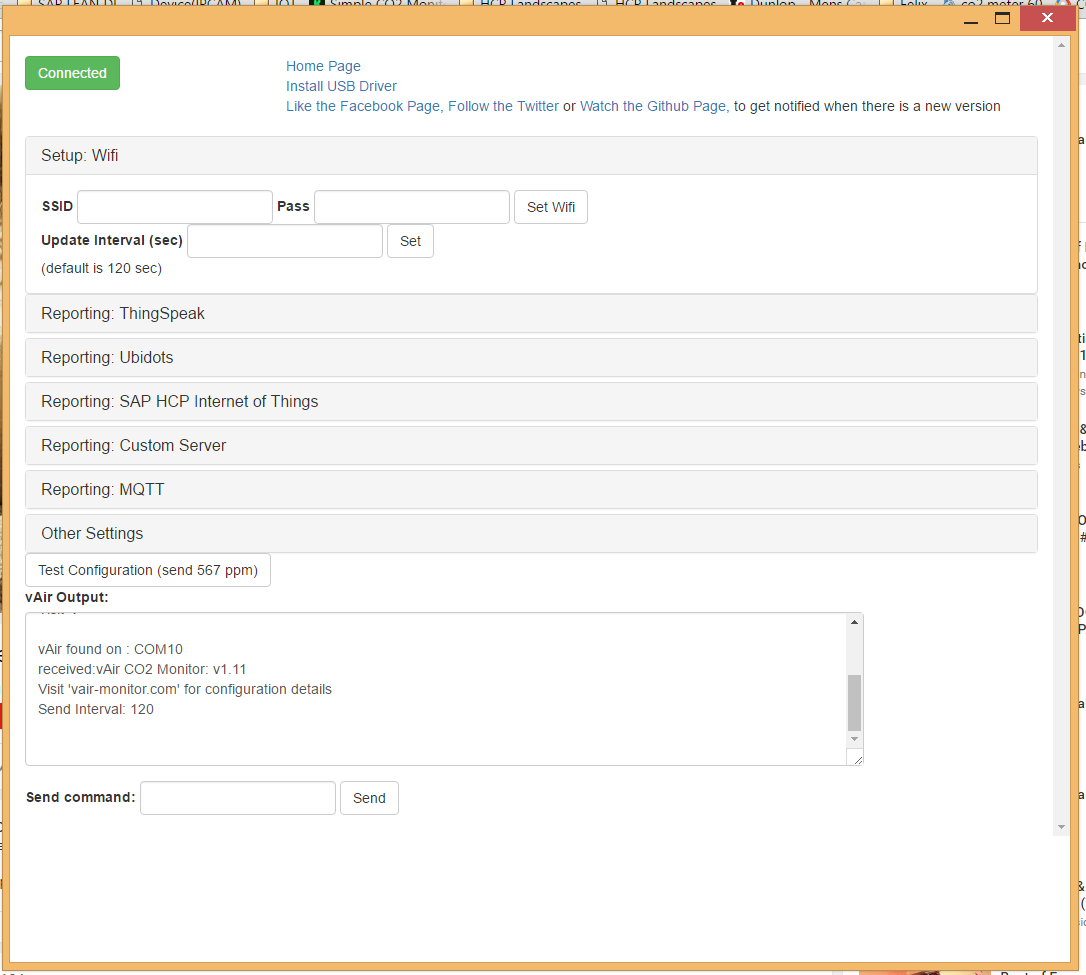What is it?
This little device is based on the popular ESP8266 WiFi Module. It's goal is to be the perfect companion on the way to IoT Learning and Microcontroller programming.
- For newbies - A built-in RGB LED, Temperature probe and Button and USB Port - it's goal is to make it very easy to kickstart a wide variety of projects
- For Enthusiasts - There are 4 extension ports which allow you to be creative once you master the basics. The vESPrino is very bread-board friendly, takes just one row and gets power via the micro usb port
- For Experienced makers - The mounting holes and the placement of the Micro USB, LED and Button, as well as the enclosure STL files will make it easy to embed the board in custom projects. Built in Deep-Sleep functionality means - less heat and less wires to connect.
In fact this is the realization of another project i started at hackaday.io - https://hackaday.io/project/9661-vthing-starter
Why I made it?
I have spent almost each free hour of my spare time in the last two years in experimenting with electronic devices and putting them in custom enclosures to make them pretty. In the last few months i also got involved also in delivering IoT classes to Java Developers.
I realized that while everybody wants to dive into the IoT world, most people feel intimidated at first by the need to connect several jumper wires just to see something blinking and reporting data online. My first goal was to have a device that helps them move painlessly through this phase and loose as few people as possible there.
Next step is to get creative and work with sensors and actuators - this is why there are several extension ports that let you connect external things.
And since i've been designing boards for the last 1 year i wanted to have a board that is easily embeddable into other projects.
What makes it special?
Of course there is a vast amount of comparable gadgets featuring the same ESP8266 module. What makes this project different is:
- Has a nice enclosure, hiding the complexity inside
- Limited (not intimidating) set of extension ports
- Built in Deep-Sleep connection (RST and GPIO16 connected).
- USB Port for direct connection to PC
- Micro USB Port for connecting via Cable
- Both USB ports are connected to the USB2 Serial module (CH340G)
- Breadboard friendly design
- Project comes with STL files for sample 3D Printed box
- RGB Led, Button and Temperature probe built in onto the board
- Support for auto-reset based on tiggering CH_PD pin and not RST. Haa the advantages that deep sleep is working correctly, and reseting is consistent, since usually reset is pulled up internally
Who am I?
I have been working in the IT area (Software Development, Design, Architecture) for the last 20 years. In the beginning i was writing software for hardware devices, but later switched to pure software development. About 2 years ago i got enchanted by the IoT world and the vast amount of available hardware. The ability to create custom electronic devices that solve real-live problems is what motivates me to dig further down. I want to create value by building useful (and rather niche) products and sell them to other enthusiasts that do not have the time to do this themselves.
 Vladimir Savchenko
Vladimir Savchenko